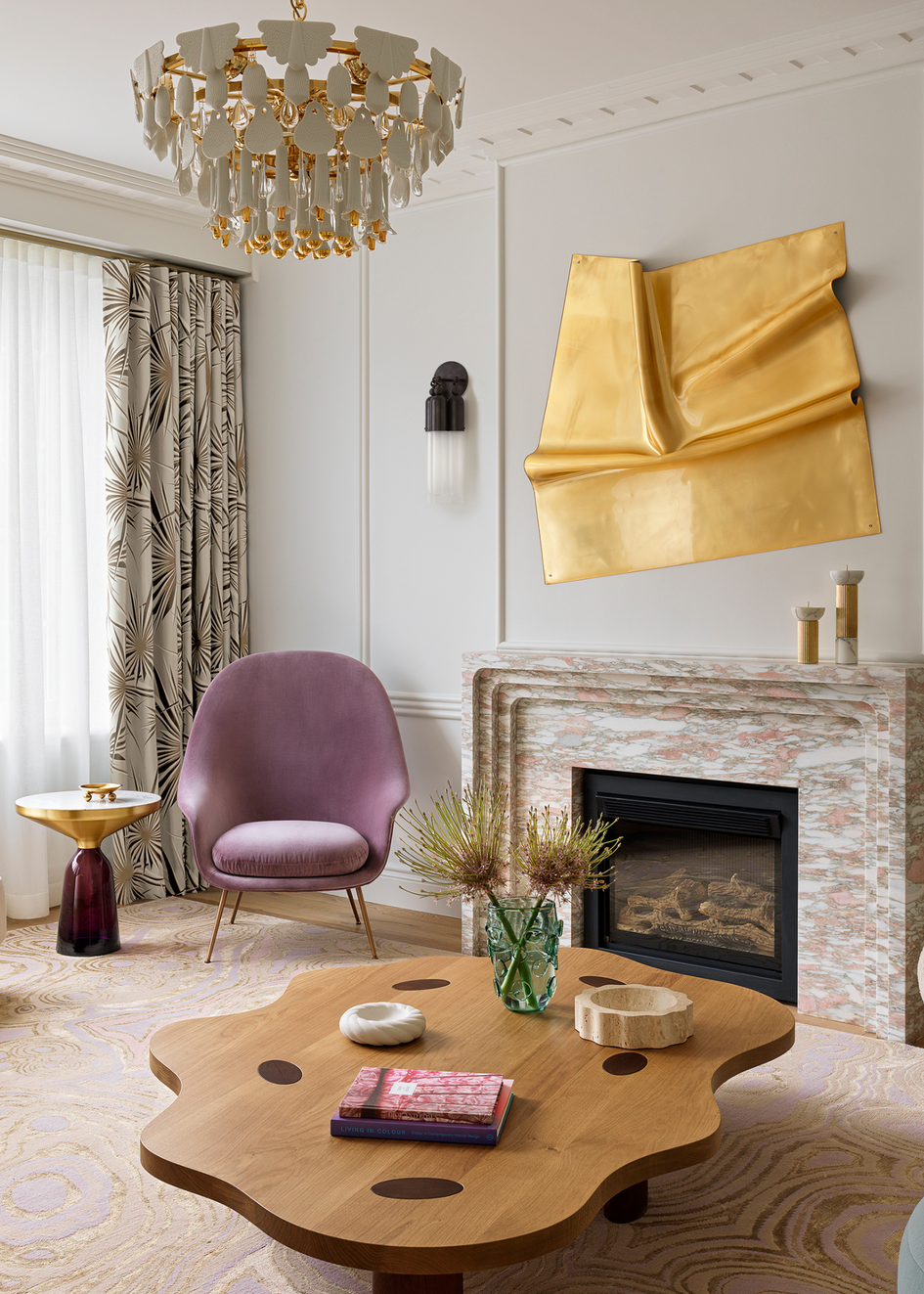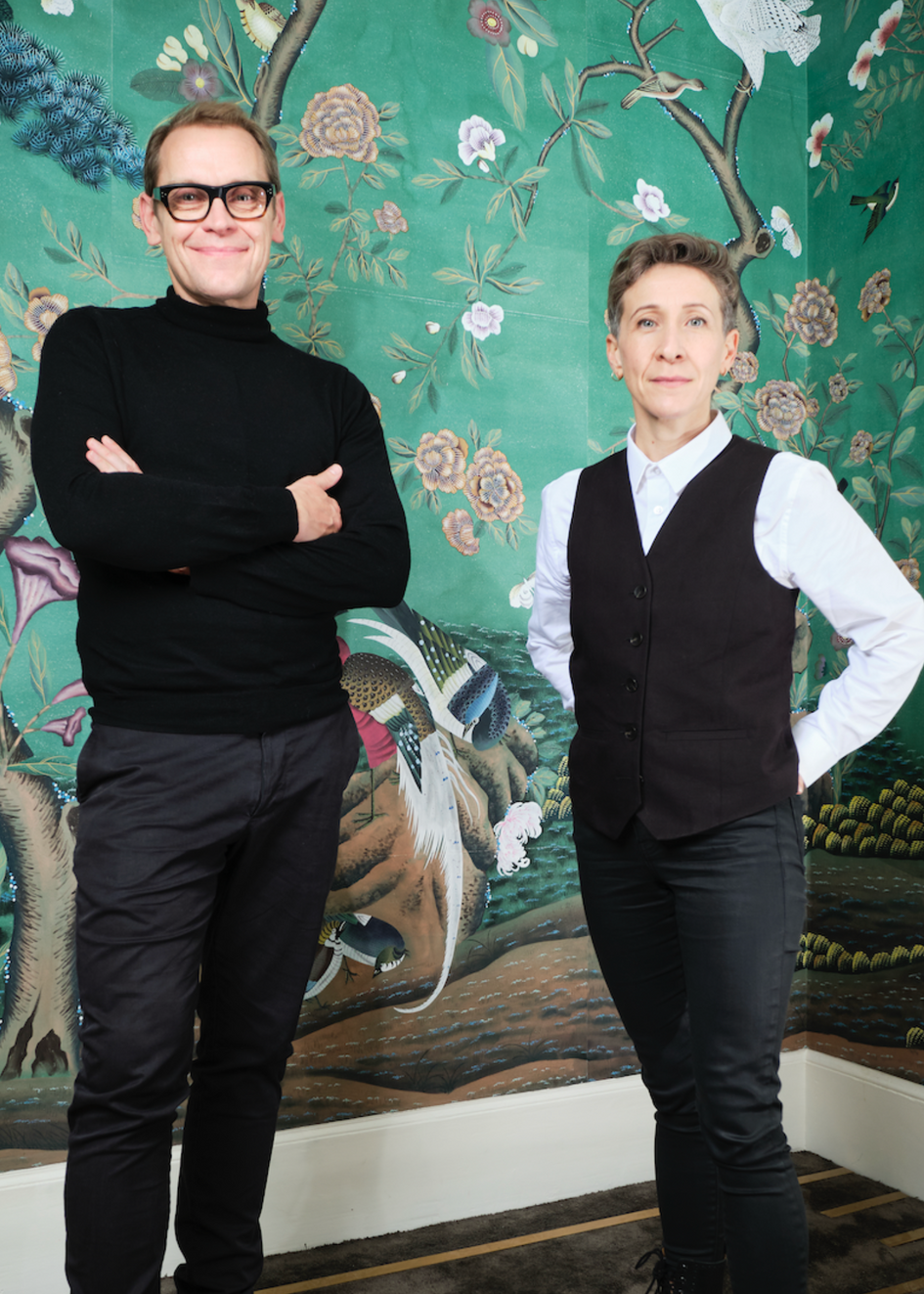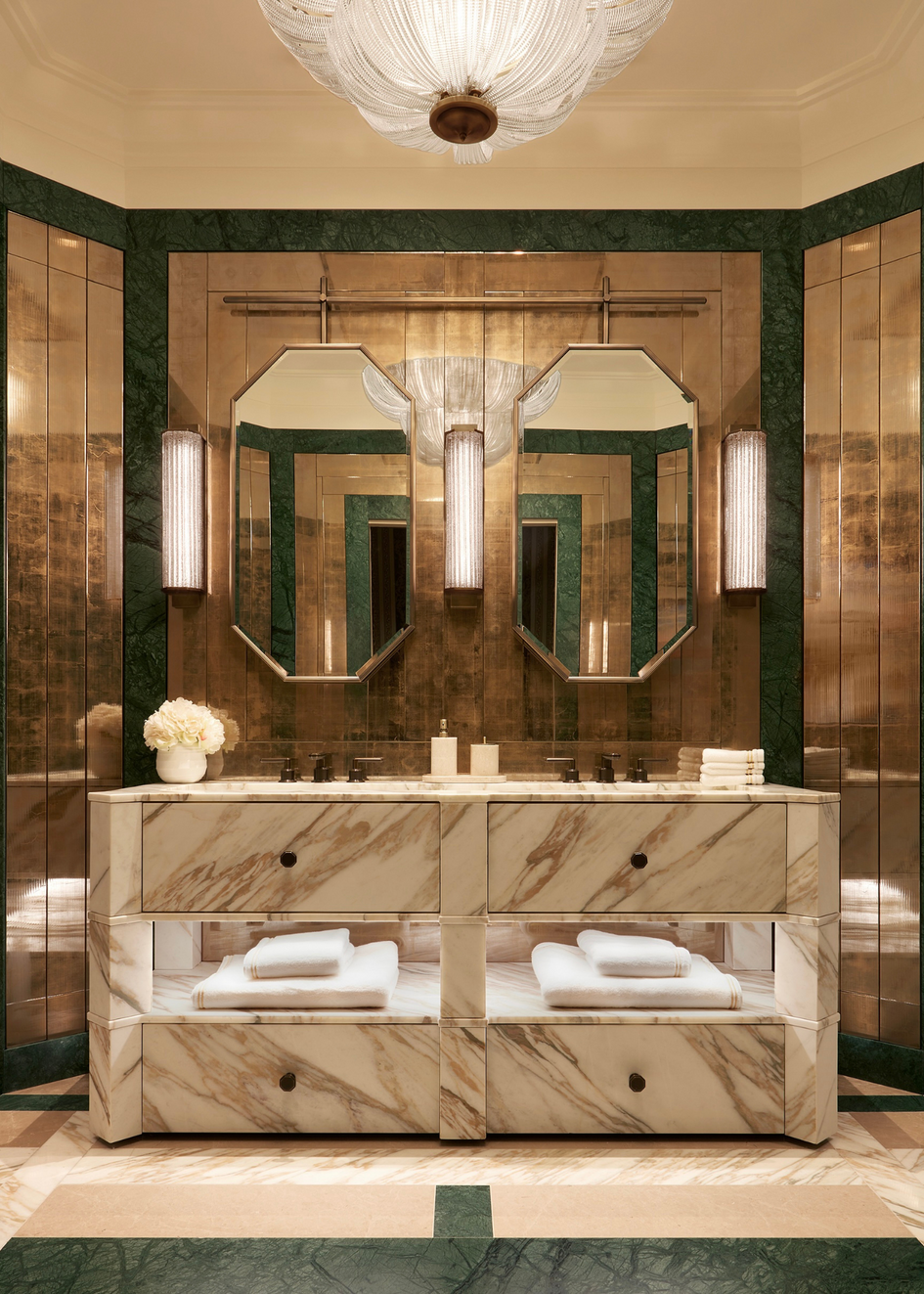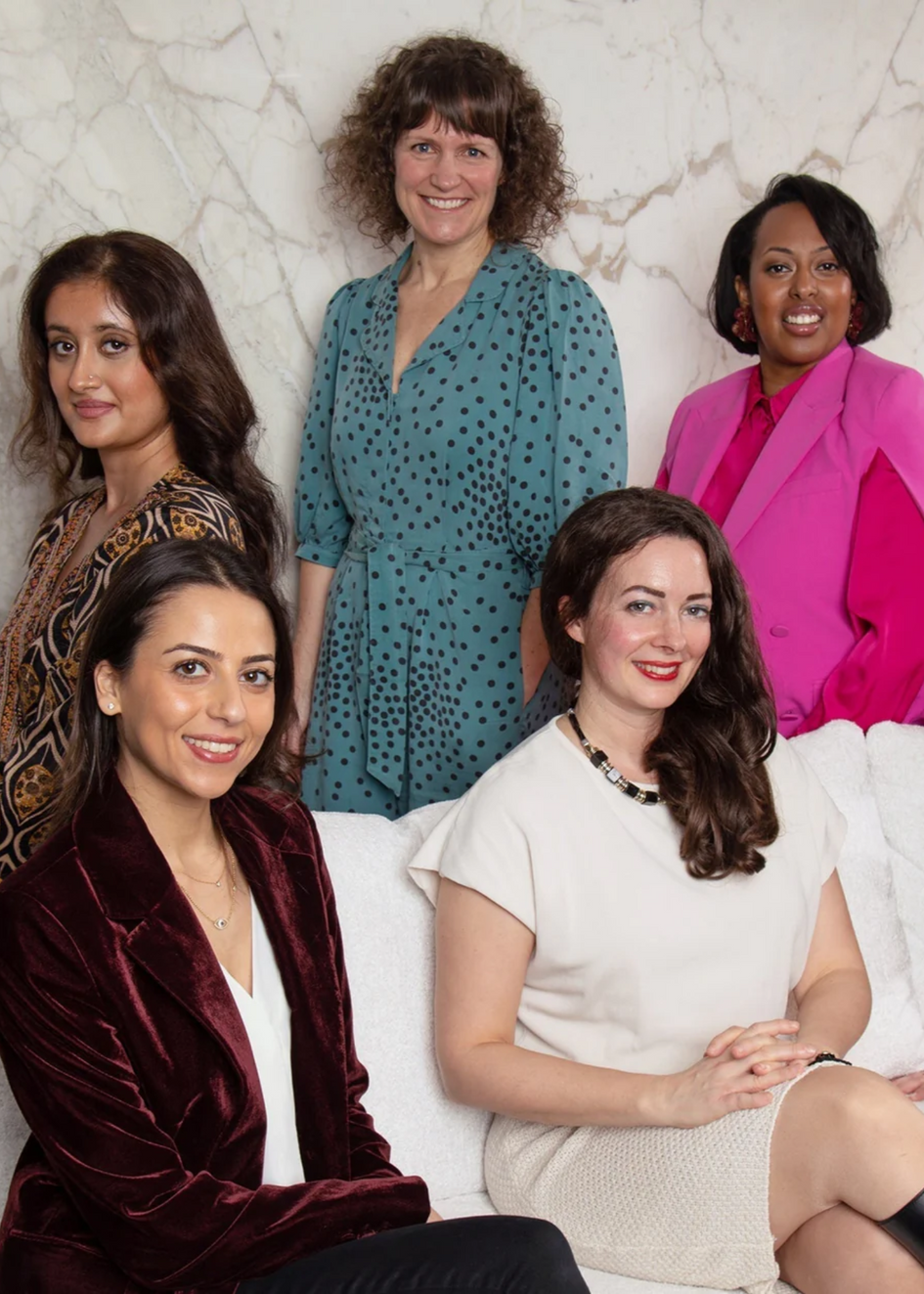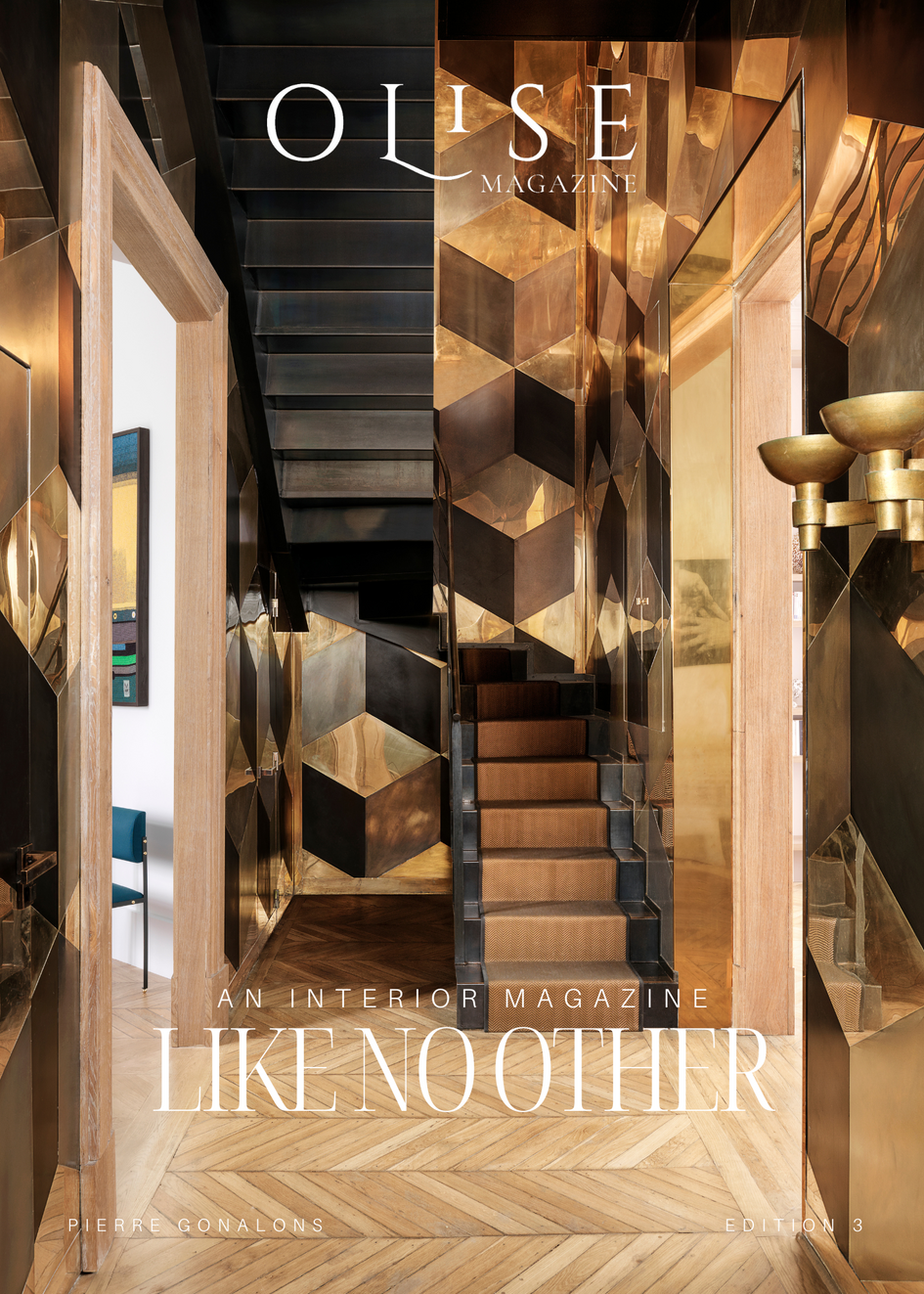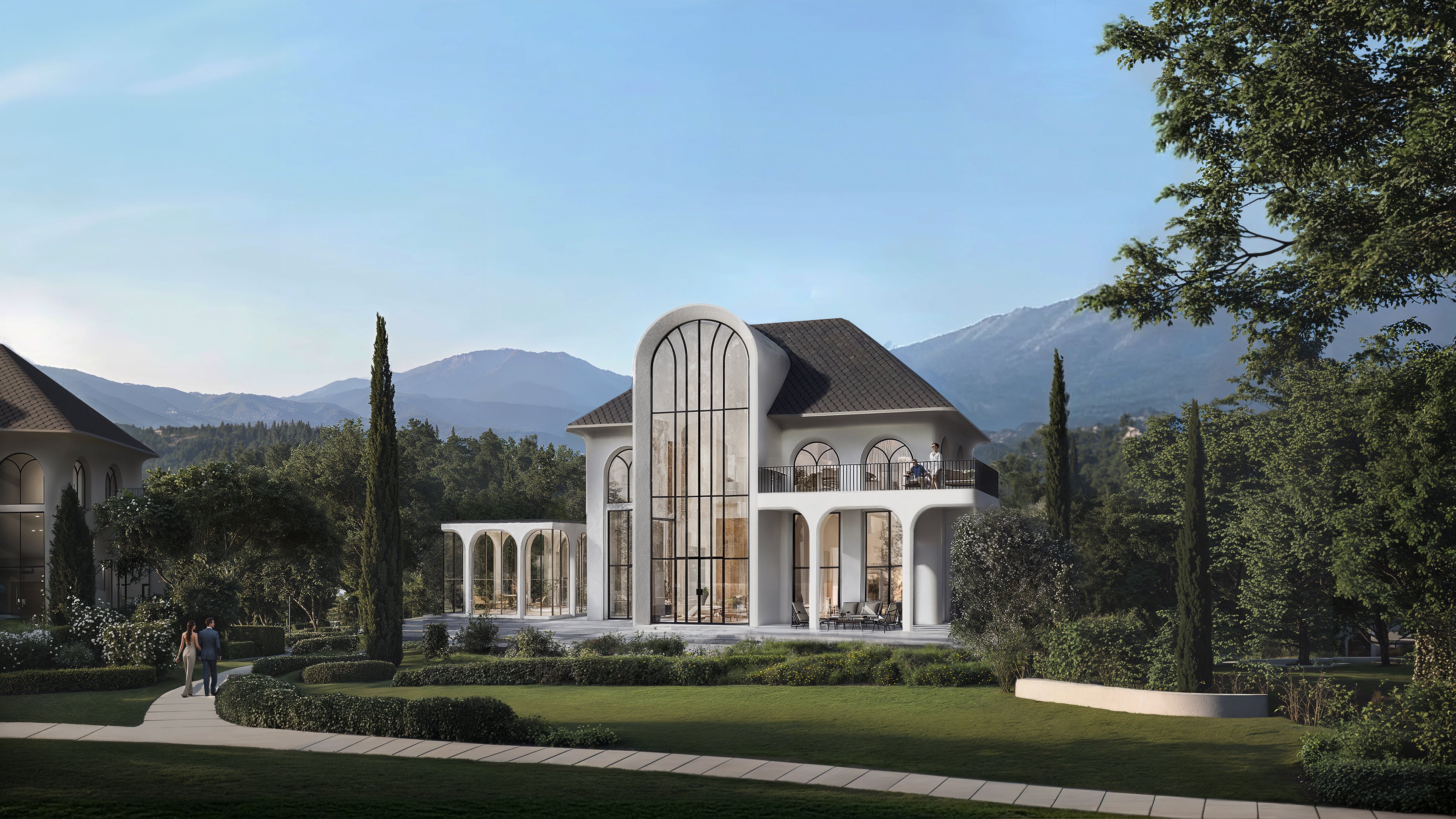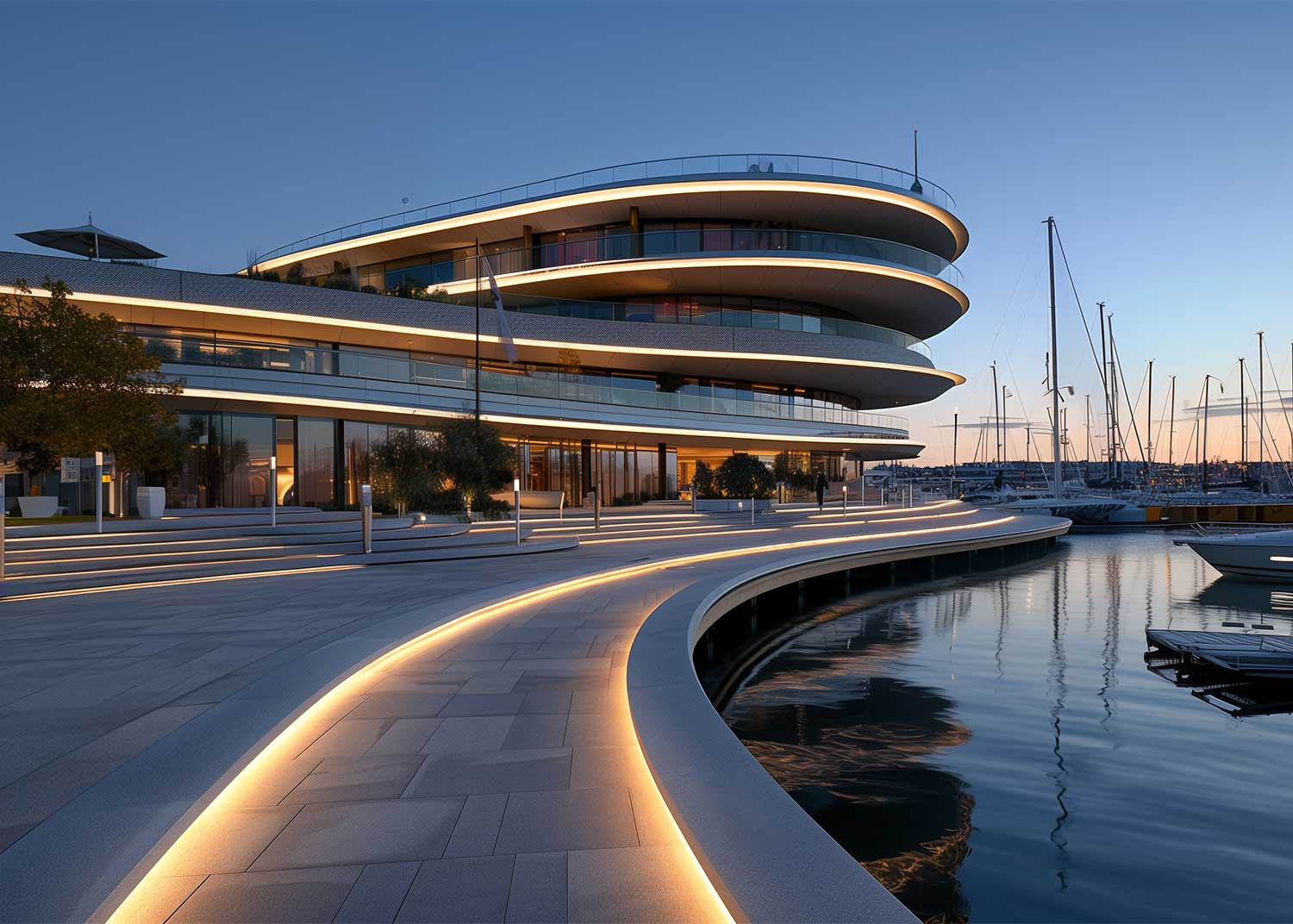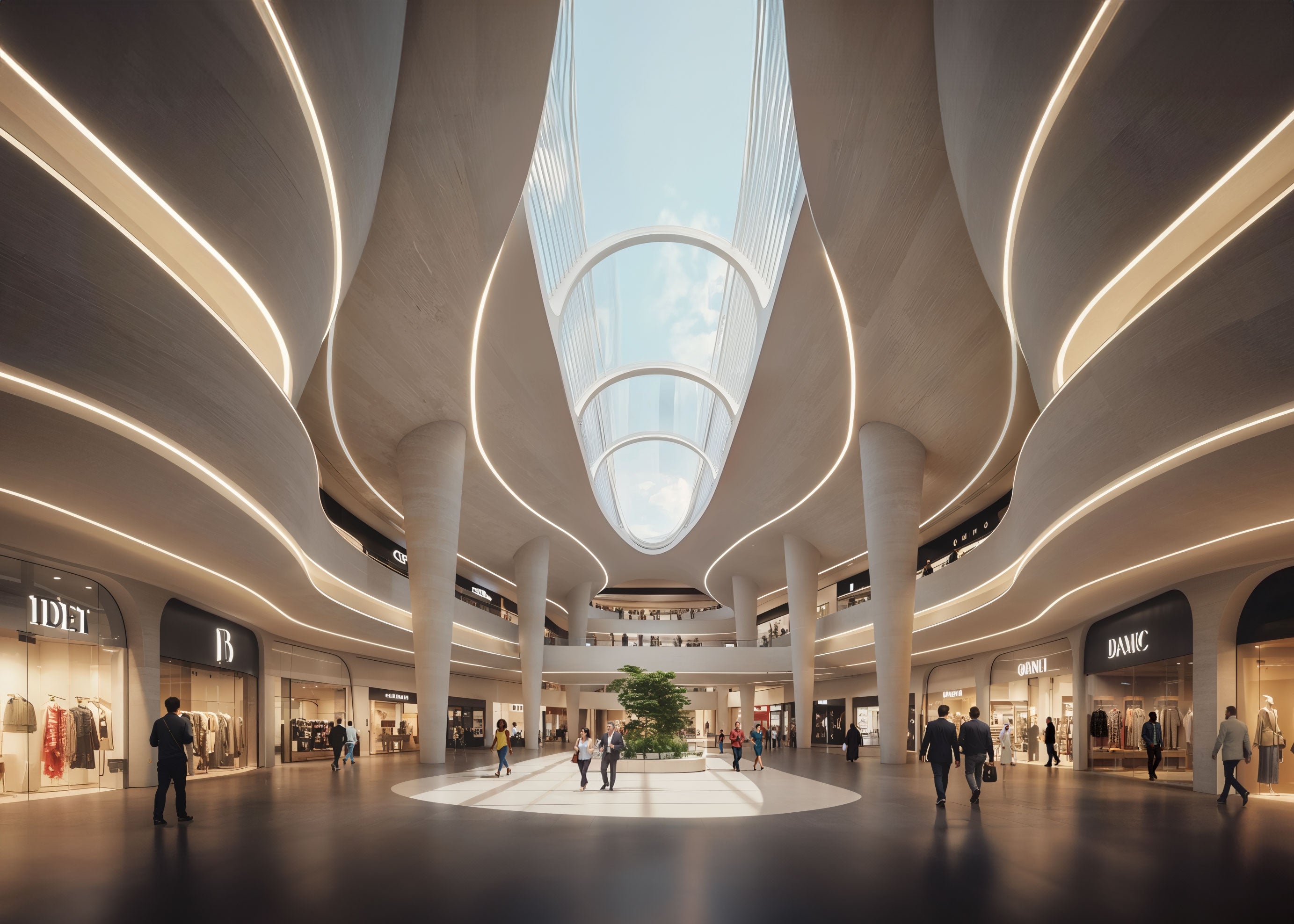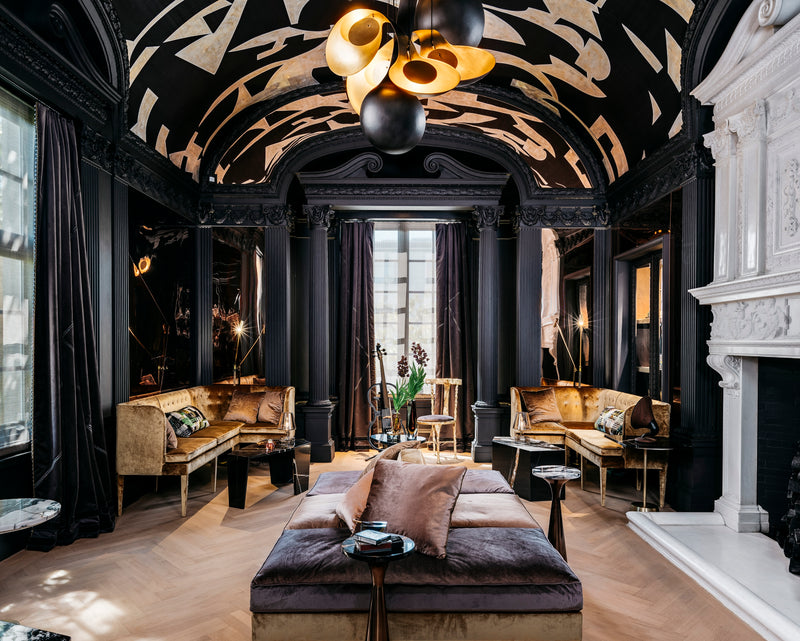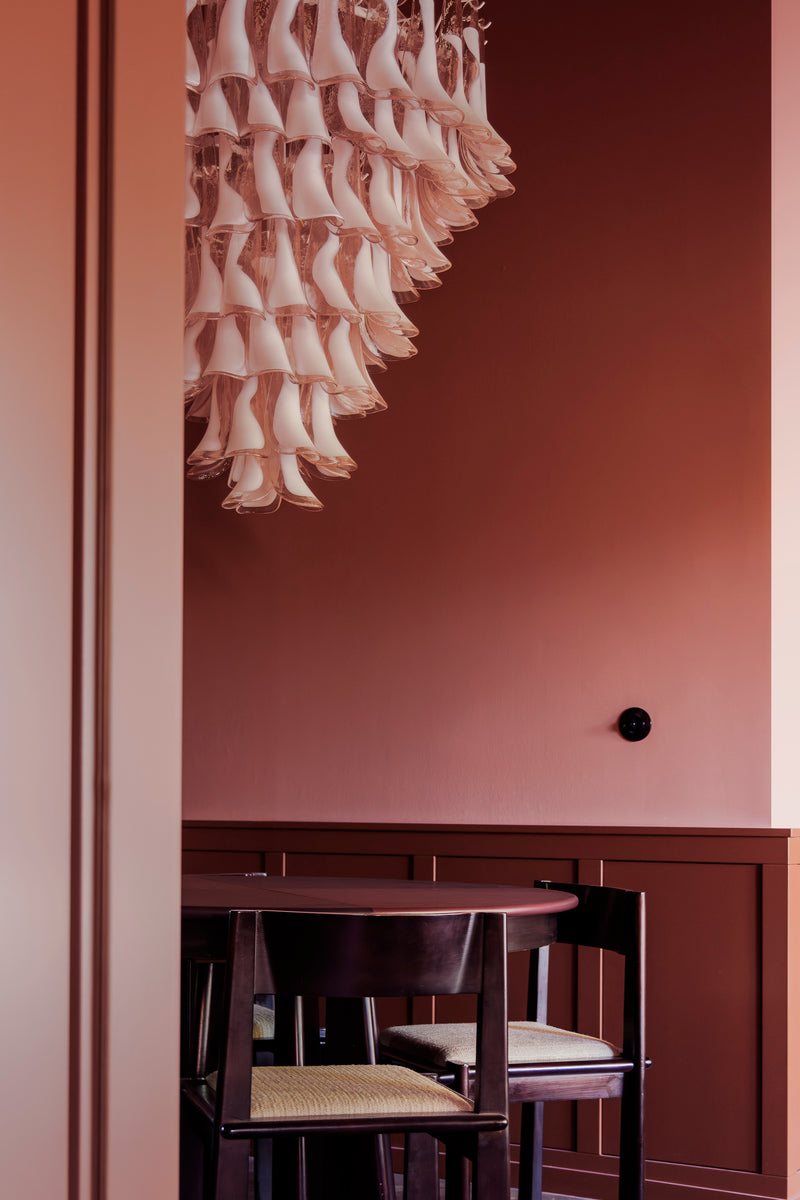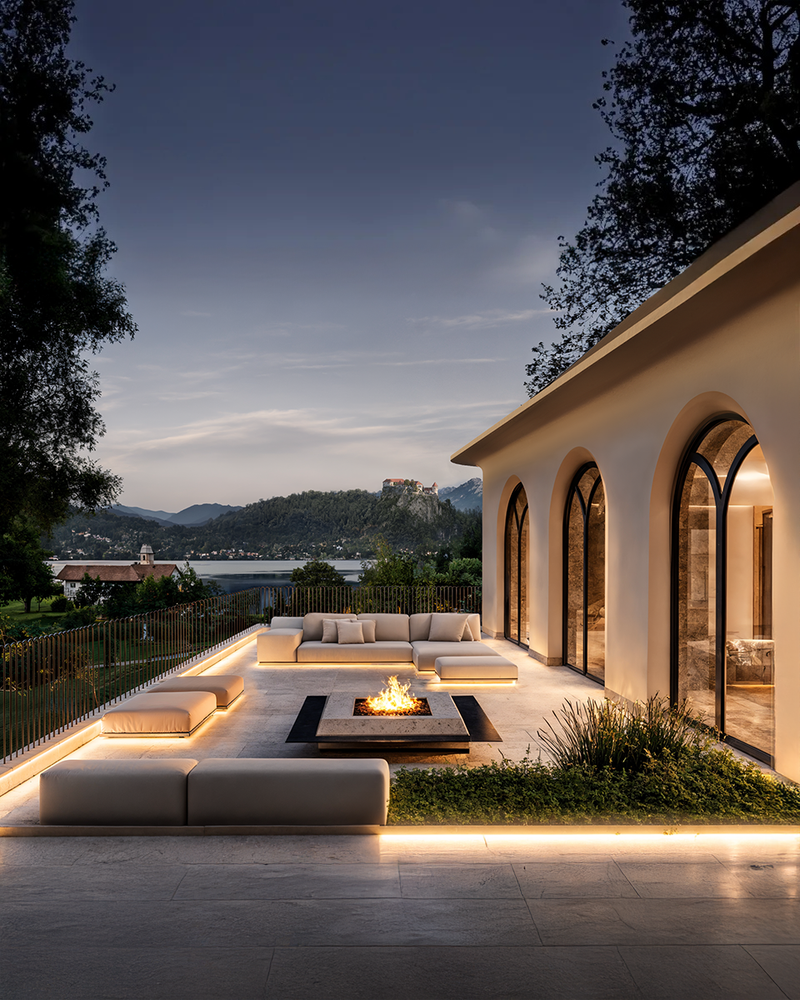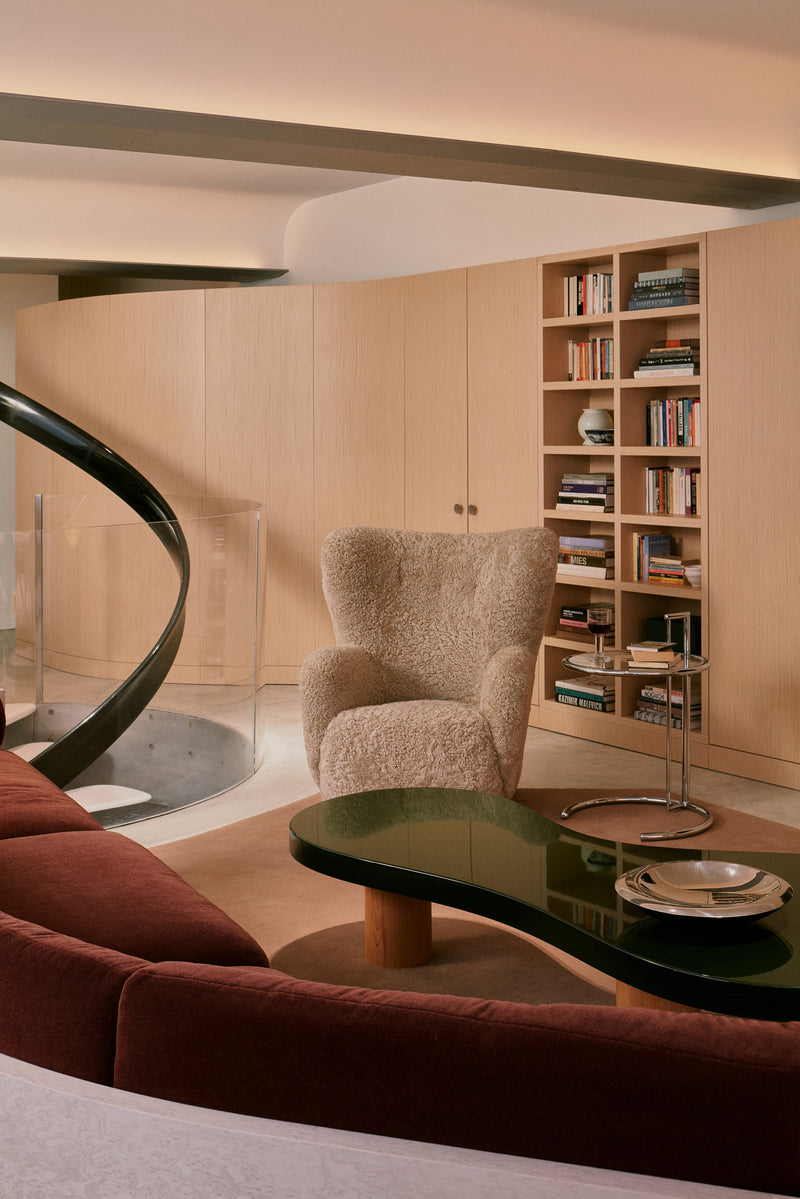Studio Tim Fu’s Groundbreaking Lake Bled Estate
Tucked away in the storybook setting of Lake Bled, Slovenia, a new architectural vision is quietly unfolding — and it’s unlike anything the world has seen before. Designed by London-based Studio Tim Fu, the Lake Bled Estate is not only a luxurious hospitality destination — it is the world’s first fully AI-driven architectural project, merging cutting-edge technology with deeply human creativity.
At the heart of this pioneering development is designer and founder Tim Fu, a Zaha Hadid Architects alumnus and one of the leading voices in AI-integrated design. With previous collaborations including OpenAI, Meta, and even a talk at the UN, Fu is no stranger to the intersection of innovation and influence. But the Lake Bled Estate is perhaps his most compelling statement to date — a testament to what happens when architecture evolves beyond tradition, without abandoning it.

Spanning 22,000 square metres on the banks of the glacial lake, the Lake Bled Estate comprises seven villas, including the historic Vila Epos — a 1909 masterpiece by Slovenian architect Jože Plečnik. Rather than overshadowing this cultural landmark, Studio Tim Fu used it as inspiration and data source, allowing AI to study and reinterpret Slovenia’s architectural vernacular.
The result is a bold yet sensitive design language that blends modern biophilic principles with tradition. Timber rizalits — vertical elements traditionally extending from Slovenian facades — are reimagined as light-filled atriums. Interiors are intentionally spacious, bathed in natural light, and designed to pull the outdoors in. Every detail is calibrated not just for aesthetics, but for emotional resonance.

Commissioned by a private Slovenian philanthropist with a passion for environmental wellness, the Lake Bled Estate is designed as a refuge — not just from urban life, but from the disconnection so often felt in modern architecture. Surrounded by the Julian Alps and overlooking Lake Bled’s iconic emerald waters, the project invites guests to slow down, breathe, and reconnect.
It’s a model for a new kind of luxury: deeply local, emotionally intelligent, and architecturally radical.
OLISE Magazine interviews Tim Fu to try and understand this Brave New World.
“I actually wanted to be a physician,” Fu shares. “But my parents knew how much I loved both math and art, and they encouraged me to apply for architecture instead. I was one of those rare teenagers who listened — and they were right.”
This early shift in trajectory set the foundation for a career that now sits at the edge of technological and creative innovation. It also speaks to Fu’s openness — not only to ideas, but to reinvention.
AI at Studio Tim Fu is not a gimmick. It’s a tool — used to amplify, not replace, human intuition. By deploying state-of-the-art diffusion AI in the conceptual phase, the studio was able to iterate hundreds of ideas in a single day. This unprecedented speed enabled a level of refinement that would be almost impossible through traditional workflows.
“It usually takes three weeks to produce CGI visuals — now, with AI, we can do it in a day. That’s better value for the client,” Fu explains. “All early adopters are going to take advantage and become industry leaders. Those who don’t will simply fall behind.”
But speed isn’t the point — intention is. “The line between AI and the human is constantly moving,” Fu says. “What matters is the values behind the work. Is it about creativity, or just production?”
For Fu, the real opportunity lies in combining AI’s creative agency with human intentionality. “Mediocrity is under threat,” he says. “But those who are driving the highest values — the most meaningful ideas — will always have a place. We just need to learn to work with AI as a cohesive entity.”
Designing for a Human Future

Studio Tim Fu’s practice embraces open-source thinking. “All ideas should be proliferated freely and openly,” Fu says. But he also acknowledges the complexities: “Just because I evangelise AI doesn’t mean we shouldn’t be concerned. It’s imperative to adapt, because change is inevitable — certain aspects of our jobs are being replaced.”
This makes the role of the architect more critical than ever. “AI will follow the direction it’s given. So the question is: do we want cities that are just functional batteries, or do we want placemaking that is human-centric?”
Fu sees architects and designers as facilitators in a much larger conversation — one involving power, policy, and planetary stewardship. “We need to help guide the decision-making process to promote sustainability, respect for culture, and vernacular context. That’s where human values must lead — even in a machine-driven world.”
Learn more: timfu.com/lake-bled-estate


